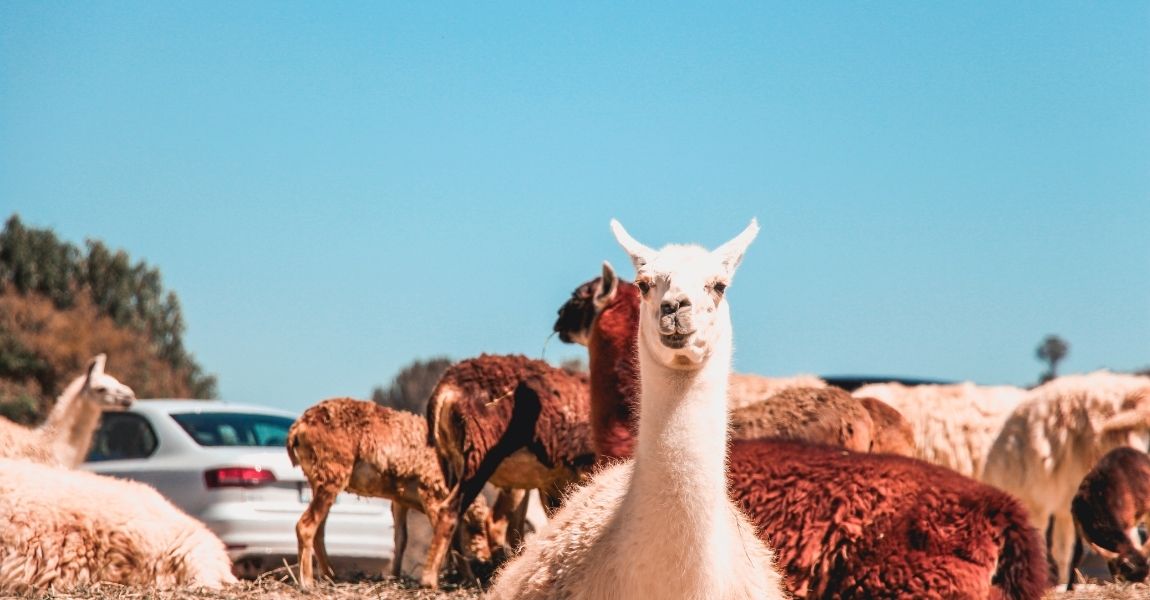Introduction:
Nestled high in the majestic Andes Mountains of South America, a creature roams that epitomizes grace and elegance—the Alpaca. Known for its luxurious fleece, gentle disposition, and distinctive appearance, this camelid species has captivated hearts across the globe. In this blog post, we embark on a journey to explore the enchanting world of Alpacas, delving into their characteristics, history, uses, and their significant role in sustainable agriculture.
Alpaca Basics:
Alpacas are domesticated camelids that belong to the South American camelid family, along with their close relatives, llamas, guanacos, and vicuñas. They come in two primary breeds—Huacaya and Suri—each with its distinct fleece characteristics. Alpacas have a compact and sturdy build, with a height ranging from 3 to 4 feet (90 to 120 cm) at the shoulder, and they can weigh anywhere from 100 to 200 pounds (45 to 90 kg).
Luxurious Fleece:
One of the defining features of Alpacas is their exquisite fleece, which is highly prized for its softness, warmth, and hypoallergenic properties. The Huacaya breed has a dense, crimped fleece, while the Suri breed boasts long, silky fibers that hang in beautiful locks. Alpacas come in a wide array of natural colors, including shades of white, beige, brown, black, and gray.
Alpaca History and Cultural Significance:
Alpacas have a rich history dating back thousands of years, originating in the Andean regions of Peru, Bolivia, Ecuador, and Chile. They have played an integral role in the culture and economy of these societies, providing fiber for clothing, meat for sustenance, and serving as pack animals. The Incas considered Alpacas as sacred animals, valuing their fleece as a symbol of wealth and status.
Sustainable Agriculture and Alpacas:
Alpacas are renowned for their ability to thrive in harsh environments, making them well-suited for sustainable agriculture practices. Their grazing habits are gentle on the land, as they use padded feet to prevent soil erosion and have a selective diet that minimizes the impact on vegetation. Additionally, their efficient digestion system produces nutrient-rich manure, which serves as a natural fertilizer for crops.
Alpacas as Companion Animals:
Beyond their agricultural significance, Alpacas have also gained popularity as companion animals due to their calm and gentle nature. Their docile temperament makes them a delight to be around, and their curious and social behavior adds to their charm. Alpacas can form strong bonds with their human caretakers, providing companionship and therapeutic benefits.
Conclusion:
Alpacas, with their luxurious fleece, gentle demeanor, and significant role in sustainable agriculture, embody the harmonious relationship between humans and nature. From their historical significance in Andean cultures to their contributions in sustainable farming practices, Alpacas continue to captivate us with their beauty and practical value. As we embrace the elegance of these fascinating creatures, let us appreciate their place in our world and strive to protect their well-being, ensuring that future generations can share in the joy and wonder of the graceful Alpaca.







